Is anybody out there? The Fermi Paradox seeks to answer the question of where the aliens are. Given that our solar system is quite young compared
Is anybody out there? The Fermi Paradox seeks to answer the question of where the aliens are.
Given that our solar system is quite young compared to the rest of the universe —roughly 4.5 billion years old, compared to 13.8 billion— and that interstellar travel might be fairly easy to achieve given enough time, Earth should have been visited by aliens already, the idea goes, reported Space.com.

The paradox takes its name from Nobel Prize-winning physicist Enrico Fermi, who supposedly made the above points during a casual lunchtime conversation in 1950. And the implications have had astrobiologists and other scientists scratching their heads in the decades since.
“Fermi grasped that any civilization with a modest amount of rocket technology and an immodest amount of imperial incentive could rapidly colonize the entire galaxy,” representatives of the Search For Extraterrestrial Intelligence (SETI) Institute in Mountain View, California, wrote in a Fermi Paradox explainer. “Within a few tens of millions of years, every star system could be brought under the wing of empire. Tens of millions of years may sound like a long project, but in fact it’s quite short compared to the age of the galaxy, which is roughly a thousand times more”, reported Space.com.
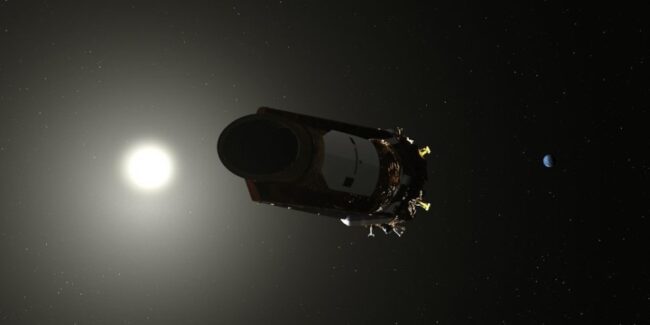
Fermi died in 1954, so exploration and explication of the idea fell to other people, such as Michael Hart, who wrote an article titled “An explanation for the absence of extraterrestrials on Earth” in the Royal Astronomical Society (RAS) Quarterly Journal in 1975.
“We observe that no intelligent beings from outer space are now present on Earth,” Hart wrote in the paper’s abstract. “It is suggested that this fact can best be explained by the hypothesis that there are no other advanced civilizations in our galaxy.” He noted, however, that more research in biochemistry, planetary formation and atmospheres was needed to better narrow down the answer, reported Space.com.
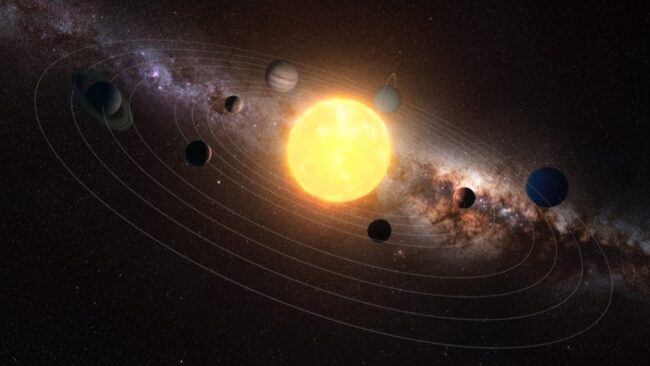
Hart argued that intelligent aliens could already have visited Earth at some point in our planet’s history unless they started their journey less than two million years ago. He thought the apparent lack of such visits is most likely due to the lack of intelligent aliens.
But Hart outlined four other potential explanations as well:
- Aliens never came here because of a physical difficulty “that makes space travel infeasible,” which could be related to astronomy, biology or engineering
- Aliens simply chose never to visit us
- Advanced civilizations beyond Earth arose too recently for aliens to reach us
- Aliens have visited Earth in the past, but we have not observed them
Frank Tipler, a professor of physics at Tulane University, followed up on Hart’s argument in 1980 with a paper titled “Extraterrestrial intelligent beings do not exist,” also published in the RAS Quarterly Journal. The bulk of his paper dealt with how to get resources for interstellar travel, which he suggested could be achieved by having some kind of self-replicating artificial intelligence move from star system to star system, creating copies of itself as it traveled, reported Space.com.

Since evidence of such advanced machinery has never been found on Earth, Tipler argued that we are likely the only intelligence out there. He also wrote in the 1980 paper that those who believe in extraterrestrial intelligence are similar to UFO (unidentified flying object) enthusiasts because both camps believe “we are going to be saved from ourselves by some miraculous interstellar intervention.”
Today, the topic of extraterrestrial intelligence is a popular one, with multiple papers appearing every year from different research groups. And the idea that advanced civilizations may exist beyond Earth has been buoyed by the ongoing exoplanet revolution, reported Space.com.
The universe is incredibly vast and old. Data gathered by a variety of telescopes show that the observable universe is about 92 billion light-years wide (and growing faster and faster all the while). And separate measurements indicate it is about 13.82 billion years old. So alien civilizations have had plenty of time to arise and spread, but they also likely must cross a vast cosmic gulf to get to us.
When Fermi made his famous remark, the only planets scientists knew about were in our own solar system. But in 1992, astronomers spotted worlds circling a superdense stellar corpse known as a pulsar. And a few years later, the first exoplanet around a sunlike star was confirmed, reported Space.com.
There are now more than 5,000 confirmed exoplanets, with more being found every year. The sheer number of alien worlds suggests that life may be plentiful throughout the cosmos.
Over time, with more advanced telescopes, scientists will be able to probe the chemical compositions of some nearby exoplanets’ atmospheres. “Nearby” is a relative term, however; the closest known exoplanet, Proxima b, lies about 4.2 light-years away, which is roughly 25 trillion miles (40 trillion kilometers), reported Space.com.
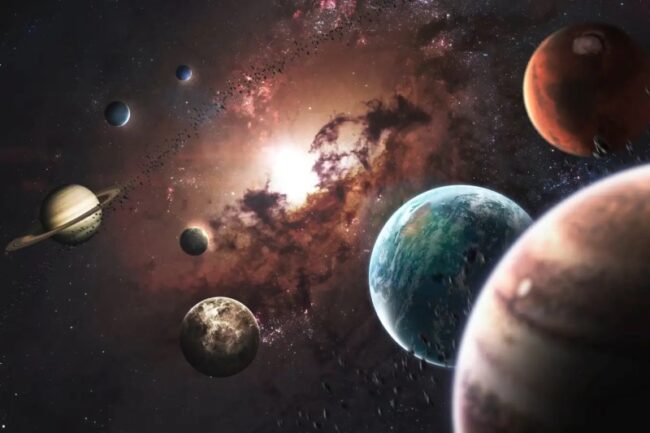
The eventual goal is to understand how often rocky planets form in the “habitable zone” of their parent stars, which is traditionally defined as the range of orbital distances in which water can exist on a world’s surface. Habitability isn’t just about water, however.
Other factors must be considered as well, such as the host star’s activity and the planet’s atmospheric composition. (And there are other reasons why the habitable zone, as traditionally defined, is increasingly viewed as overly simplistic. For example, icy moons in our own solar system, such as Jupiter’s Europa and Saturn’s Enceladus, lie far beyond the habitable zone and may still harbor life in their subsurface seas), reported Space.com.
There does seem to be plenty of habitable real estate out there. For example, a November 2013 study using data from NASA’s Kepler space telescope suggested that one in five sunlike stars has a roughly Earth-size planet orbiting in the habitable zone. A few months later, Kepler scientists released a “planet bonanza” of 715 newly discovered worlds. Many of these planets were confirmed using a new technique called “verification by multiplicity,” which works partly on the logic of probability. (Objects seen to cross a star’s face or tug at it gravitationally are more likely to be planets rather than companion stars, because a companion star at close proximity would likely destabilize the entire system over time.)
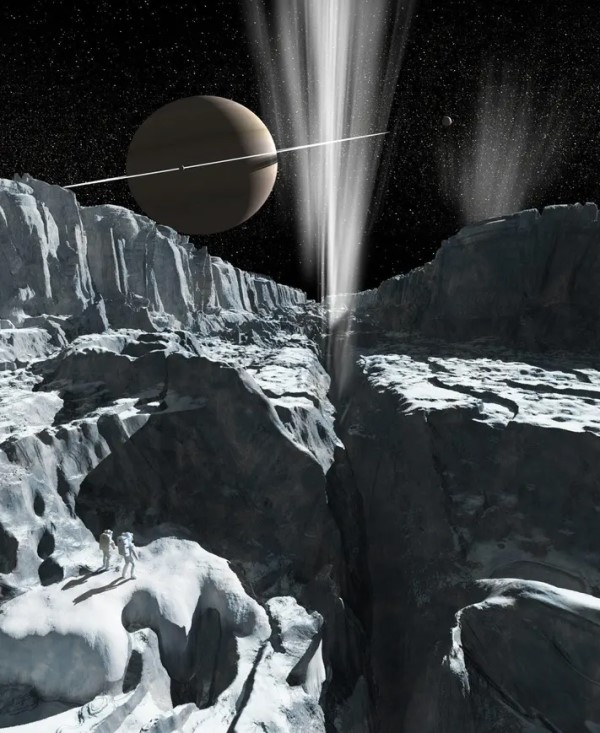
Sunlike stars are the minority population in our galaxy, however; about three-quarters of Milky Way stars are small, dim burners known as red dwarfs. Astronomers have found multiple rocky worlds circling in the habitable zone of red dwarfs, Proxima b, for example, and three planets in the TRAPPIST-1 system, which lies about 39 light-years from Earth and harbors seven rocky worlds in total, reported Space.com.
But it’s unclear how habitable such planets really are, because red dwarfs are incredibly volatile, especially in their youth. Stellar eruptions may therefore quickly blast away the nascent atmospheres of young “habitable zone” red dwarf planets, making it extremely difficult for life to get a foothold there. More study is required to better understand these stars and the ability of life to persist around them, scientists say.
The agency’s highly-anticipated, $10 billion James Webb Space Telescope, launched in December 2021, is huning for potential biosignature gases in the air of nearby exoplanets, among many other tasks. The European Space Agency’s PLATO (PLAnetary Transits and Oscillations of stars) mission is expected to launch in 2026. Three huge ground-based observatories powerful enough to sniff exoplanet air —the Extremely Large Telescope, the Giant Magellan Telescope and the Thirty-Meter Telescope— are scheduled to come online later this decade as well. And one highly ambitious project, known as Breakthrough Starshot, aims to study Proxima b and other nearby worlds up close with swarms of tiny, laser-sailing nanoprobes. If technology development goes well, the first such interstellar robotic craft could launch around 2050, reported Space.com.
Such missions and instruments will help scientists flesh out their understanding of astrobiology, which remains relatively primitive. For instance, we don’t even know if there are life-hosting worlds in our own backyard. Studies here on Earth have shown that microbes can survive in extreme environments, suggesting that microbial life may well exist on Mars, Europa, Enceladus and/or the giant Saturn satellite Titan. But we haven’t explored any of those worlds nearly well enough to know for sure.
The Fermi Paradox is thinking much bigger than microbes, however. To solve it, we need to know not only how commonly life evolves on alien planets, but also how often it gains the ability, and the desire, to communicate with other intelligent lifeforms or go sailing among the stars, reported Space.com.
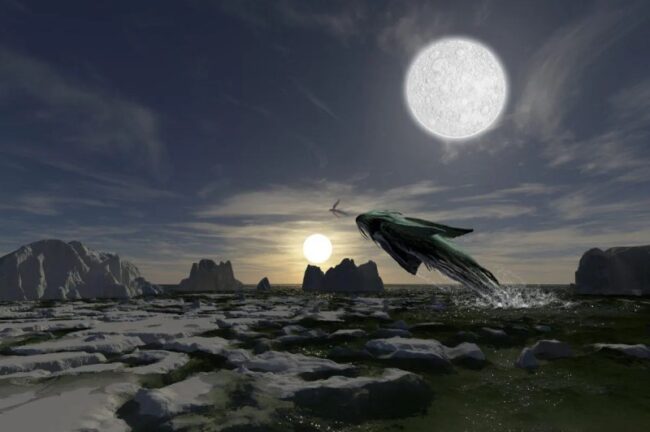
Perhaps life is too fragile to survive for long. A 2016 study suggested that the early part of a rocky planet’s history can be very conducive to life, which may commonly emerge starting just 500 million years or so after the planet cools down and liquid water becomes available. The history of our own Earth would seem to bolster that conclusion; there’s (disputed) evidence that life had emerged here by about 4.1 billion years ago , and it was definitely established by 3.8 billion years ago. But those good times may not last long, thanks to a runaway greenhouse effect (as occurred on Venus long ago) or other climatic shifts.
“Between the early heat pulses, freezing, volatile content variation and runaway positive feedbacks, maintaining life on an initially wet rocky planet in the habitable zone may be like trying to ride a wild bull. Most life falls off,” researchers Aditya Chopra and Charley Lineweaver wrote in the study, which was published in the journal Astrobiology. “Life may be rare in the universe, not because it is difficult to get started, but because habitable environments are difficult to maintain during the first billion years”, reported Space.com.
Or maybe the bottleneck comes much later. A number of thinkers have suggested that civilizations may tend to extinguish themselves soon after becoming technologically competent. Again, Earth provides some support for this hypothesis: Humanity came alarmingly close to nuclear war during the Cuban Missile Crisis in 1962, and we may be in the process of destroying ourselves, and much of the other life on the planet, right now via anthropogenic climate change.
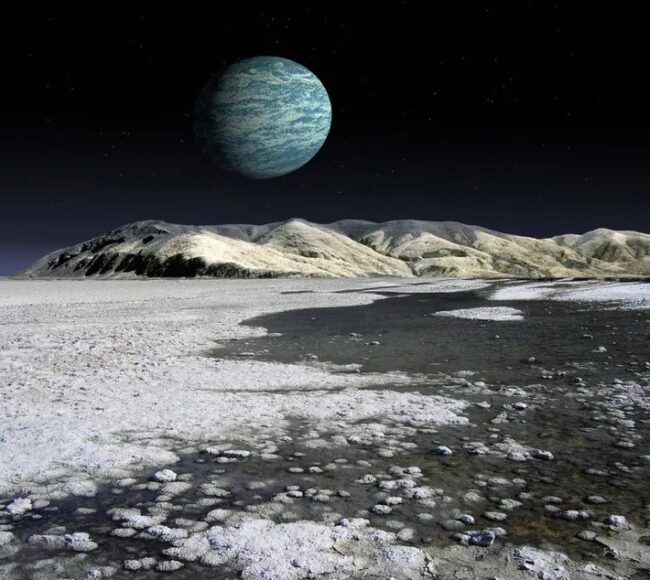
There are many other factors to consider as well. For example, planetary scientist Alan Stern, the leader of NASA’s New Horizons mission to Pluto, recently posited that the most common life-hosting environments in the Milky Way galaxy may be buried oceans, such as the seas of Enceladus and Europa. Organisms that evolve in such locales seem unlikely to develop spacecraft; indeed, many of them may not even know there are other worlds out there to explore, reported Space.com.
Alien psychology could be playing a role as well. Maybe there are lots of advanced alien civilizations out there, for example, but most of them have no desire to communicate with us or visit Earth. Perhaps Earth and its inhabitants just aren’t interesting enough for them to trifle with, and won’t be until humanity demonstrates enough intelligence and merit to be welcomed into the “galactic club“, reported Space.com.
Or maybe most intelligent aliens tend to keep quiet as a general rule, concerned that making contact with their cosmic neighbors could bring on their own enslavement or annihilation. A number of researchers, including the late Stephen Hawking, have invoked such possibilities in arguing that humanity shouldn’t actively advertise its presence.

Then there are the logistical difficulties of finding intelligent aliens. The universe is enormous and incredibly old. Humanity has been around for just 200,000 years, and we’ve been listening for possible radio signals from E.T. just since 1960. So the odds that we overlap in time and space with a detectable alien civilization don’t seem great, reported Space.com.
There probably is no single solution to the Fermi Paradox, most researchers say. A combination of factors, including, perhaps, some of the ones discussed above, are likely responsible for the “great silence” that currently confronts us. And the nature of those factors may start coming into clearer focus relatively soon.
For example, say scientists find evidence of past or present microbial life on Mars, Europa or another body in our own solar system, and that those organisms represent a “second genesis”, something totally different than life on Earth. Such a discovery would strongly suggest that it’s not hard for life to get going throughout the cosmos, allowing researchers to cross one possible Fermi Paradox explanation off the lengthy list, as reported by Space.com.
All Credit To: Space.com


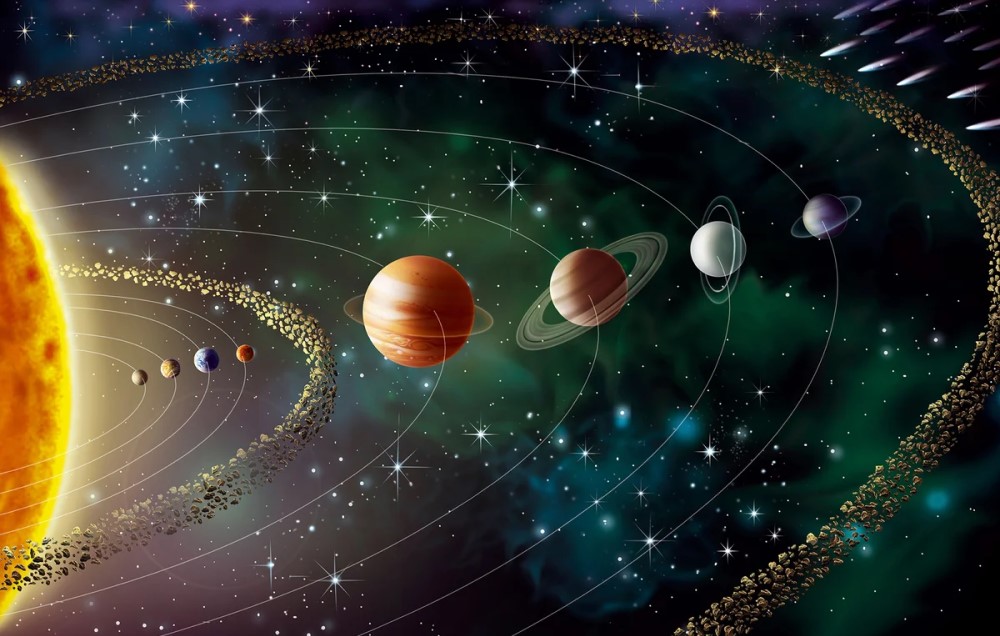
COMMENTS